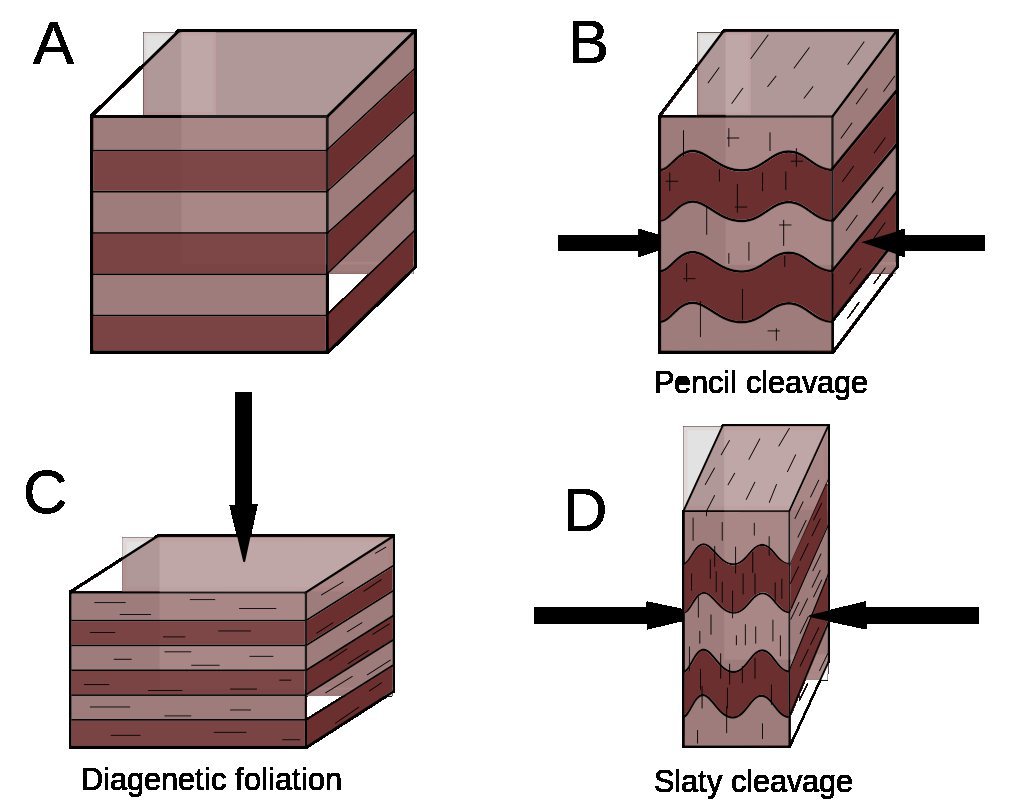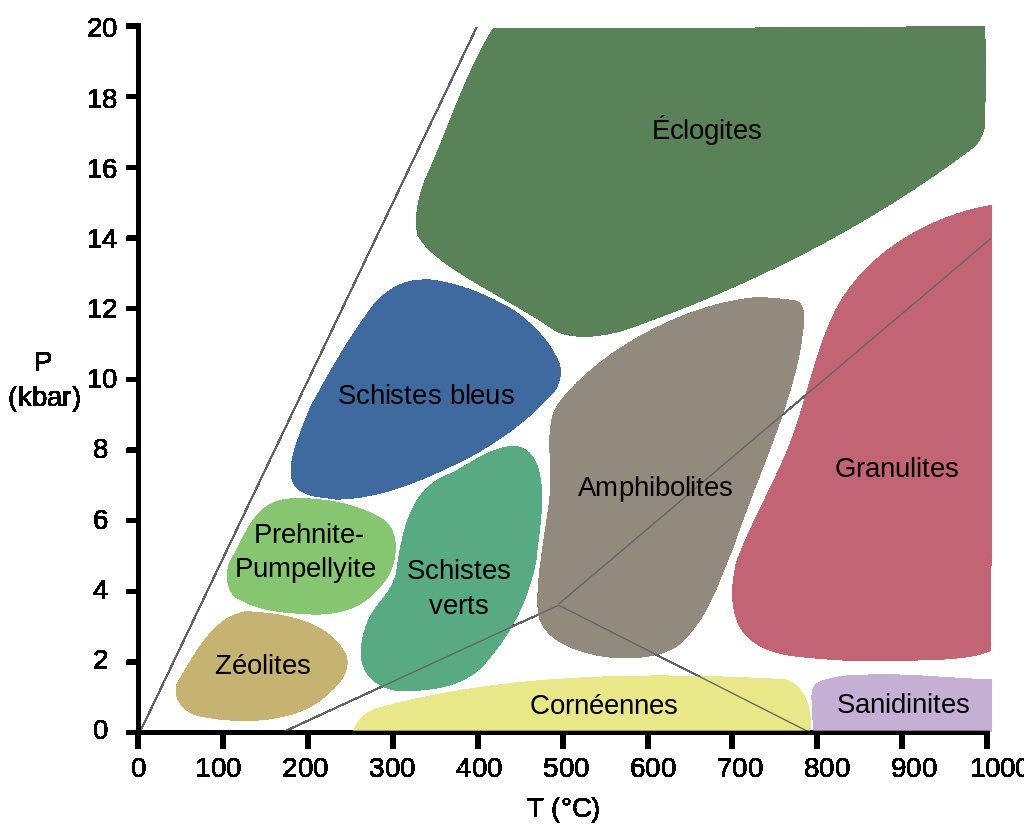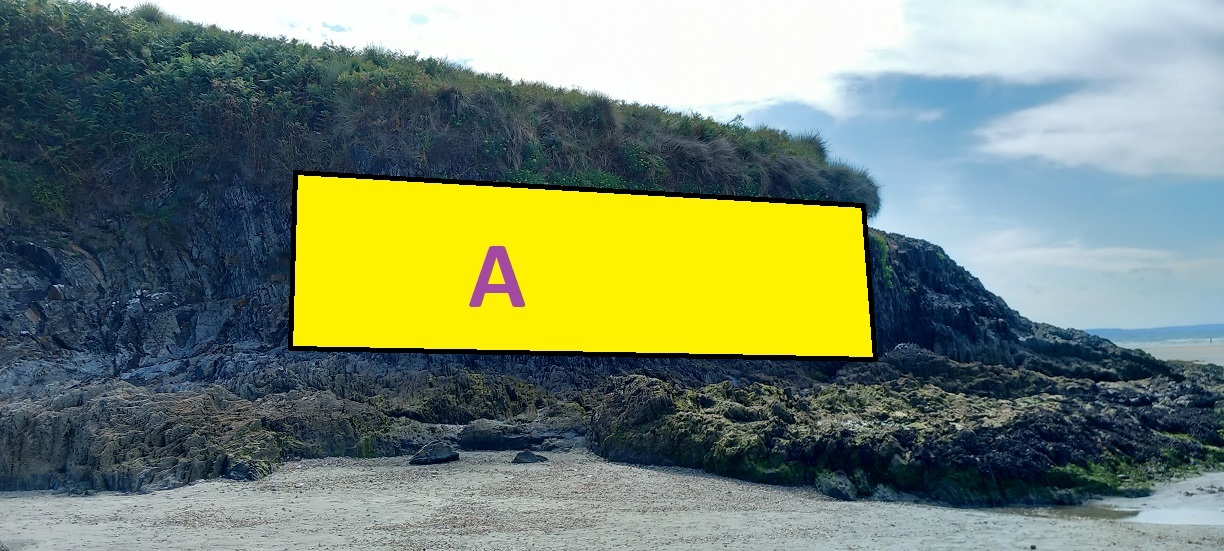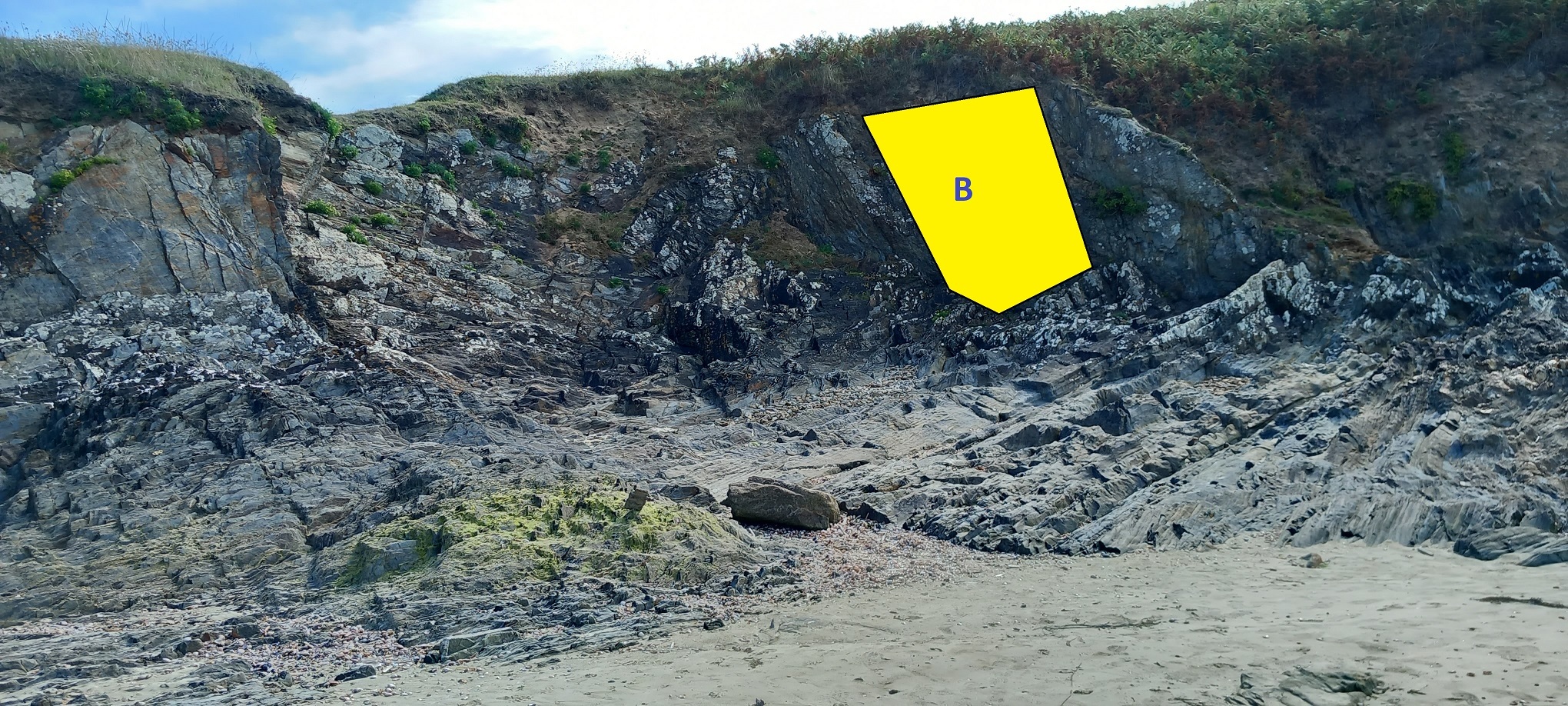
Cette cache n'est pas
accessible à marée haute
This cache is not accessible at high tide

click
on the flag to reach the translation

Une
Earthcache
Il ne s’agit pas d’une cache
physique. Pour loguer cette cache, vous devez dans un premier temps
prendre connaissance de sa description éducative en
matière de géologie, puis d’observer le
site sur lequel vous êtes, et enfin de répondre
aux questions qui vous seront posées. Une
cotation plus élevée de la difficulté
de l'earthcache nécessitera des réponses plus
avancées.
Vous pourrez alors loguer en "Found it" sans attendre mais vous devez
me faire parvenir vos réponses en même temps en me
contactant soit par mail dans mon profil, soit via la messagerie
geocaching.com (Message Center), et je vous contacterai en cas de
problème. Les logs enregistrés sans
réponses ou sans photo seront supprimés.

La
géologie du site
Les phyllades
de la Baie de Douarnenez sont des formations géologiques
sédimentaires qui se sont déposées au
Briovérien.
Cette période correspond à
l'orogénèse cadomienne (ca. -670 Ma à
-540 Ma)..
Les phyllades se présentent en une multitude de
strates de schisto gréseuses, d'épaisseurs
très variables, de quelques millimètres
à quelques décimètres, de couleur
gris-bleu, parfois toutes droites et presque verticales, parfois
complètement plissées. Elles sont
également composées de grauwackes verts
métamorphisés.
On peut en découvrir de belles structures tout le long des
falaises de la petite île Salgren, qui surgit des sables de
la grande plage de Ste Anne-la-Palud.
Pour
aller plus loin en géologie
◊
Arénite
Roche sédimentaire détritique meuble ou
consolidée ; ses éléments ont des
dimensions allant de 1 / 16 mm à 2 mm.
◊
Grès
Roche sédimentaire détritique
généralement blanchâtre à
gris clair, ou
diversement colorée en fonction de la nature du ciment.
C'est une
arénite. Un grès est composé
à 85 % minimum de grains de quartz… On
distingue les variétés de grès,
d'après le grain, la nature du ciment,
la présence d'éléments
particuliers…
◊
Schiste
Roche qui a pour particularité d'avoir un aspect
feuilleté, et de se débiter en plaques fines ou
« feuillet rocheux ». Il peut s'agir d'une roche
sédimentaire argileuse, ou bien d'une roche
métamorphique.
Le schiste métamorphique provient d'une argile qui sous
l'action de la pression et de la température
présente un feuilletage régulier en plans
parallèles : la « schistosité
». Le plan de schistosité est oblique à
perpendiculaire à la direction d'aplatissement (la
stratification). Le pendage est l'orientation du plan (surface).

A : plan de
stratification ; B : schistosité de fracture
(débit en crayons) ;
C : foliation
diagénétique ; D : schistosité de flux
◊
Grauwacke
Roche sédimentaire détritique
généralement de teinte sombre, à
ciment relativement abondant (env. 20 %). C'est une arénite
Elle est riche en chlorites (ce qui la colore en vert), en
minéraux argileux, avec 30 % ou plus de débris de
roches, elle contient également des grains de quartz, de
feldspath, un peu de micas… Par augmentation du pourcentage
du quartz, on passe aux grès lithiques, puis aux
grès…
Le terme lithique fait référence
à des éclats de roches plus anciennes inclus dans
une roche plus récente, généralement
sédimentaire mais parfois issue d'un contexte volcanique.
Ces fragments mélangés avec d'autres produits
d'érosion, notamment des cristaux isolés (quartz,
feldspaths, etc.) et des argiles, sont ensuite lithifiés au
sein de roches dites siliciclastiques
(généralement des grès ou
conglomérats).
Le métamorphisme ici se tient dans l'épizone.
L’épizone est la zone de faible degré
du métamorphisme régional. Elle est le
siège d'un métamorphisme à
température modérée. Le
métamorphisme d'une argile après un long
processus sous l'action de la pression et de la température
finit par créer un feuilletage régulier en plans
parallèles aboutissant à la formation de roches
métamorphiques comme les schistes verts ou l'ardoise.


Questions
La lecture attentive du descriptif de la cache,
ainsi qu'une observation des éléments de terrain
et un peu de déduction sont normalement suffisants pour
répondre aux questions de cette EarthCache. Les logs
enregistrés sans réponses ou sans photo seront
supprimés. Une cotation plus élevée de
la difficulté d'une earthcache nécessitera des
réponses plus avancées.
Question
0 - Prenez une photo indivuelle de vous (pas de
photo collective), ou de votre objet
distinctif de géocacheur, ou de votre pseudo
écrit sur une feuille de papier ou dans votre
main... avec
l'île de Salgren en arrière-plan,
et joignez-là à votre log ou à vos
réponses

Roche
A (WP1)
Question 1
- Détaillez la roche A que vous observez ici (aspect,
couleur, homogénéité...)

Roche
B (WP2)
Question 2
- Détaillez la roche B que vous observez ici (aspect,
couleur, homogénéité...)
Bilan
Question 3
- Qui de A ou B relève d'un schiste gréseux ou
d'un grauwacke ?
Question 4
- Quel est le pendage de ces roches ?
Question 5
- Expliquez comment elles se sont métamorphisée
ainsi ?
Question 6
- D'où est venue la pression
d'applatissement ?
Question 7
- Comment s'appelle la zone de degré de
métamorphisme qui s'est tenue ici ?
Question 8
- S'il y avait eu une température bien plus haute pendant ce
métamorphisme, à iso pression, quelle roche
aurait pu être obtenue ici ?


An
Earthcache
It is not a physical cache. To log this
cache, you
must first learn about its educational description in geology, then
observe the site on which you are, and finally answer the questions
that will be asked. A higher difficulty rating of the earthcache will
require more advanced answers.
You can then log in "Found it" without waiting but you must send me
your answers at the same time by contacting me either by mail in my
profile, or via the messaging geocaching.com (Message Center), and I
will contact you in case of problem. Saved logs without answers nor
photo will be
deleted.

Geology
of the site
The phyllades
of the Bay of Douarnenez are sedimentary geological formations that
were deposited in the Brioverian.
This period corresponds to the Cadomian orogeny (ca. -670 Ma to -540
Ma).
The phyllades are presented in a multitude of strata of sandstone
schisto, of very variable thicknesses, from a few millimeters to a few
decimetres, of a grey-blue color, sometimes straight and almost
vertical, sometimes completely folded. They are also composed of
shapeshifting green greywackes.
You can discover beautiful structures all along the cliffs of the small
Salgren island, which rises from the sands of the large beach of Ste
Anne-la-Palud.
To
go further in geology
◊
Arenite
Loose or consolidated detrital sedimentary rock; its elements have
dimensions ranging from 1 / 16 mm to 2 mm.
◊
Sandstone
Detrital sedimentary rock generally whitish to light gray, or variously
colored depending on the nature of the cement. It is an arenite. A
sandstone is composed of at least 85% quartz grains… We
distinguish the varieties of sandstone, according to the grain, the
nature of the cement, the presence of particular elements…
◊
Schist
Rock which has the particularity of having a flaky appearance, and of
breaking up into thin plates or "rocky sheets". It can be a clay
sedimentary rock, or a metamorphic rock.
Metamorphic schist comes from clay which, under the action of pressure
and temperature, exhibits regular foliation in parallel planes:
“schistosity”. The schistosity plane is oblique to
perpendicular to the direction of flattening (bedding). The dip is the
orientation of the plane (surface).

◊
Grauwacke
Detrital sedimentary rock generally dark in color, with relatively
abundant cement (approx. 20%). It's an arenite
It is rich in chlorites (which colors it green), in clay minerals, with
30% or more of rock debris, it also contains grains of quartz,
feldspar, a little micas... By increasing the percentage of quartz , we
move on to lithic sandstone, then to sandstone…
The term lithic refers to shards of older rock embedded in more recent
rock, usually sedimentary but sometimes from a volcanic context. These
fragments mixed with other erosion products, in particular isolated
crystals (quartz, feldspars, etc.) and clays, are then lithified within
so-called siliciclastic rocks (generally sandstones or conglomerates).
The metamorphism here takes place in the epizone.
The epizone is the zone of low degree of regional metamorphism. It is
the seat of metamorphism at moderate temperature. The metamorphism of a
clay after a long process under the action of pressure and temperature
ends up creating a regular foliation in parallel planes leading to the
formation of metamorphic rocks such as green schists or slate.


Questions
Careful reading of the description of the cache, as
well as an observation of the terrain features and a little deduction
are normally sufficient to answer the questions of this EarthCache.
Logs recorded without answers or without a photo will be deleted. A
higher difficulty rating of an earthcache will require more advanced
answers.
Question
0 - Take an individual photo of yourself (no
collective photo), or your distinctive geocacher object, or your
nickname written on a sheet of paper or in your hand... with Salgren Island in
the background, and attach it to your log or your answers

Rock
A (WP1)
Question 1
- Detail the rock A that you observe here (appearance, color,
homogeneity...)

Rock
B (WP2)
Question 2
- Detail the rock B that you observe here (appearance, color,
homogeneity...)
Final
Question 3
- Which of A or B is a sandstone shale or a greywacke?
Question 4
- What is the dip of these rocks?
Question 5
- Explain how they metamorphosed like this?
Question 6
- Where did the flattening pressure come from?
Question 7
- What is the name of the metamorphic degree zone held here?
Question 8
- If there had been a much higher temperature during this metamorphism,
at iso pressure, what rock could have been obtained here?